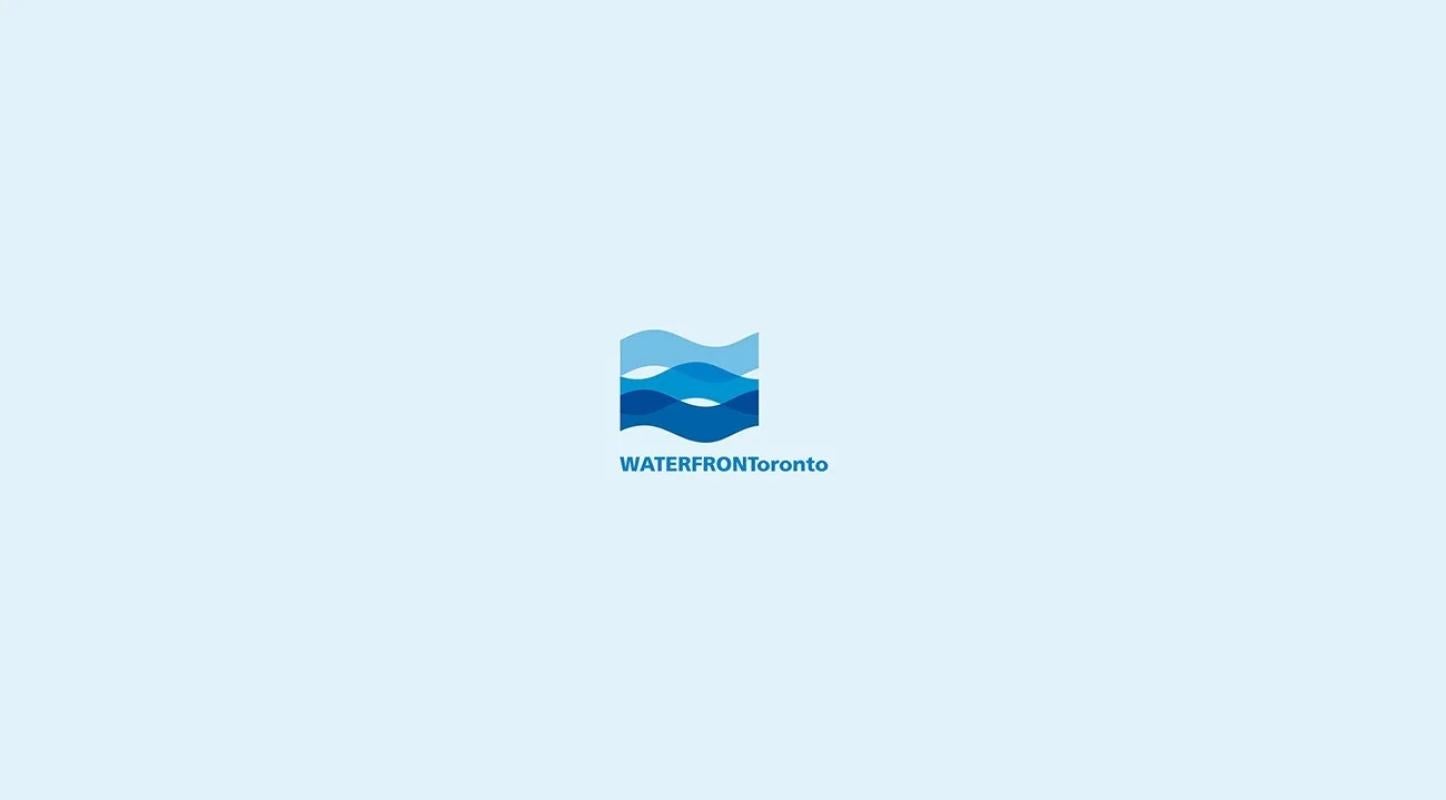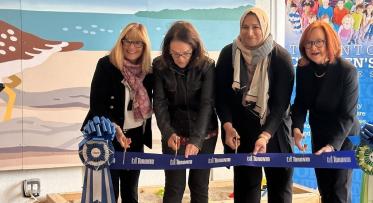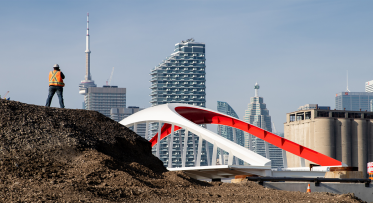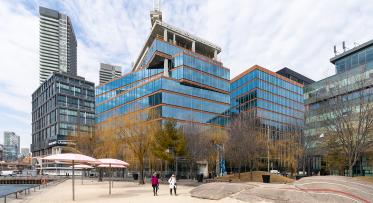Investment In Waterfront Revitalization Delivers Strong Economic Returns
Toronto, June 25, 2009 - Investments made to date to revitalize Toronto’s waterfront are not only transforming the face of the waterfront but have also led to important job creation and growth within the economies of Toronto, Ontario and Canada, according to a recently- completed study commissioned by Waterfront Toronto.
In a keynote address at the Toronto Board of Trade, John Campbell, President and CEO of Waterfront Toronto, reviewed progress on waterfront revitalization and released the findings of a detailed economic impact analysis, which examined the results of investments made by Waterfront Toronto and its government partners since the organization’s inception in 2001 through March 31, 2009.
The study, conducted by urbanMetrics inc., found that the $642 million invested to date in waterfront renewal has generated $1.6 billion in gross output for the Canadian economy and approximately 8,400 full-time years of employment, 70 per cent of which were in the Toronto region.
The largest portion, approximately $219.5 million or 34 percent, was invested in waterfront construction projects including the Spadina, Simcoe and Rees wavedecks, Port Union and Mimico waterfront parks, the Cherry Beach Sports Fields, Marilyn Bell Park, York and John Quay Promenade, the flood protection landform in the West Don Lands, and the development of infrastructure in East Bayfront and the West Don Lands.
A second major share of expenditures was directed towards creative and knowledge-based industries, industries expected to be the primary drivers of future economic development. As part of its design and planning work, as well as other necessary preliminary work on various waterfront projects, Waterfront Toronto has invested approximately 30 percent of expenditures in the professional, scientific and technical services industries.
"Our investments to revitalize Toronto’s waterfront are delivering on the promise to support local, provincial and national economic development as well as to support the growth of key industry sectors," said John Campbell. "While the economic returns already generated are solid, they will pale in comparison to the lasting benefits anticipated once the comprehensive vision for the waterfront is more fully realized."
The study found that 95 per cent of all of Waterfront Toronto’s expenditures were made in Ontario, and nearly 90 per cent were made within Toronto.
All levels of government have also seen a return on their investments. As a result of waterfront renewal activity, new revenues worth approximately $180 million were generated for the Government of Canada, $124 million for the Government of Ontario and $20 million for the City of Toronto.
A second phase of analysis measuring the expected impacts of future investments and benefits once the waterfront plan is more fully realized (permanent jobs, property taxes and tourism spending), will be completed in the coming months.
The Government of Canada, the Province of Ontario and the City of Toronto created Waterfront Toronto to oversee and lead the renewal of Toronto’s waterfront. Public accessibility, design excellence, sustainable development, economic development and fiscal sustainability are the key drivers of waterfront revitalization.
-30-
For more information:
Michelle Noble, Waterfront Toronto Director of Communications, 416-214-1344 ext. 263




